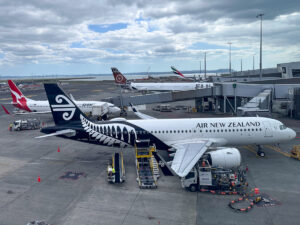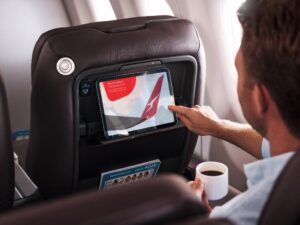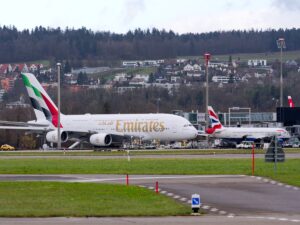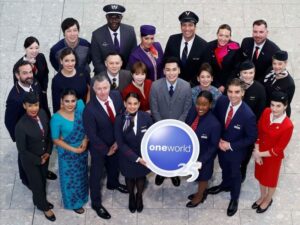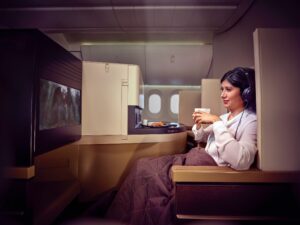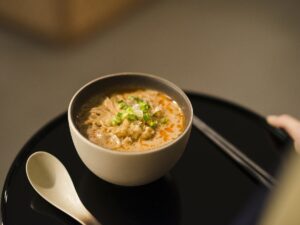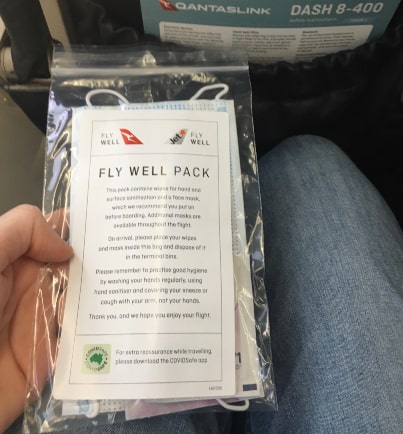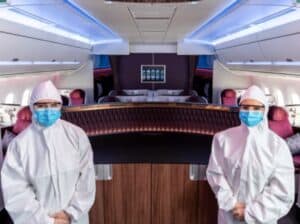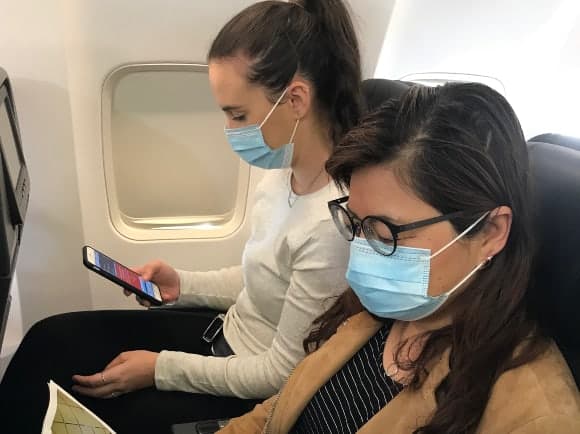
The Qantas Fly Well program includes a range of new and existing health measures both pre-flight and on board. You can read about the full range measures being advertised by Qantas on their website.
Earlier this week, I discovered how this all works in practice on a Qantas domestic flight within NSW…
Before the flight
When Qantas announced its new Fly Well measures last month, they said customers would be sent information before they fly and that the airline would encourage the use of online check-in and Q Bag Tags.
I did not receive any additional information before the flight, other than a message when I checked in with the Qantas App that I should defer my travel plans if feeling unwell, and a notice that it’s the passenger’s own responsibility to ensure they meet the criteria to travel interstate.
For what it’s worth, Qantas has suspended issuing new Q Bag Tags (and membership cards) from 1 April until 30 June 2020 due to “the ongoing pandemic situation”, despite encouraging passengers to use them.
At the airport
As I was flying from a regional airport, check-in kiosks and bag drop machines were not available but there was a clear screen protecting the staff member at the check-in counter. Hand sanitiser was also available at the entrance of the airport. Although I had a Q Bag Tag on my bag, a paper tag was issued.
As expected, the Qantas Club was closed. In addition, only travelling passengers were allowed through the security checkpoint. This is unusual for a domestic flight in Australia, although none of the airside airport shops were open anyway in Coffs Harbour.
Many Australian airports, including Sydney, have installed signage to encourage social distancing in the boarding gate area.
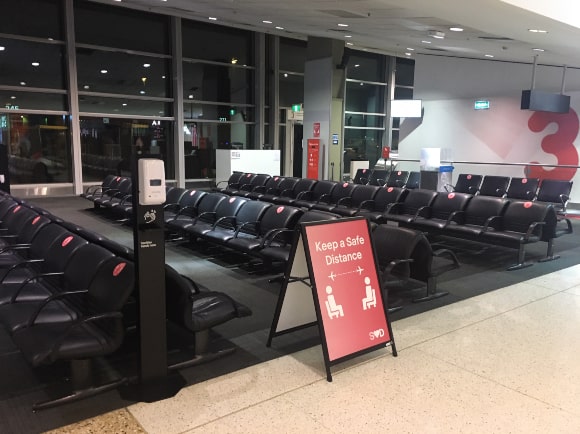
Boarding was done in groups of 3 rows at a time, from the back to the front of the plane, to maximise social distancing. However, much to my surprise, Priority Boarding was still called and I was one of the first on board despite sitting near the front of the plane.
While boarding, passengers were asked to scan their own boarding passes and hand sanitiser was available at the gate.
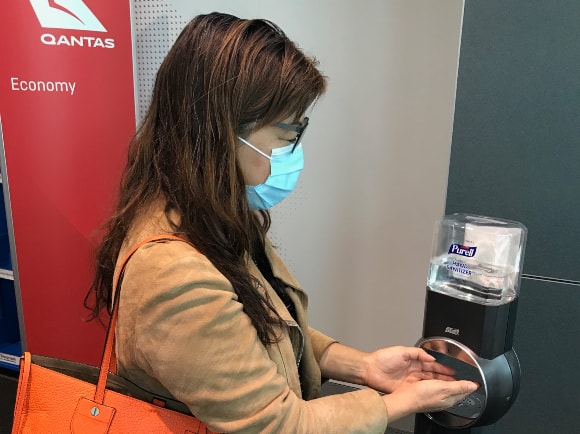
While this new boarding procedure makes sense, another AFF member, Cessna 180, says that they boarded by rows at Brisbane Airport only to then be packed into a bus. The bus then drove passengers to the plane, where boarding was not done by row number at all. Frankly, that is very poor. It may have been an oversight, but it makes a mockery of the whole system!
On the plane
“Please maintain 1.5 metres of social distance at all times in the gate lounge area, while boarding and on board the plane”, the pre-boarding announcement said.
Passengers were generally understanding and cooperated with this request on the ground, but it was impossible for everyone to do this on board because the flight was almost full! Seats are no longer being blocked, as they were over the past few months.
Every passenger was issued with a “Fly Well pack” while boarding:
The Qantas & Jetstar Fly Well pack contained a face mask and two packaged sanitiser towels.
During the flight, an announcement was made recommending that passengers wear their face mask, along with some information about mask etiquette. For example, passengers may not place used masks in the seat pocket nor hand them to flight crew – masks should be placed back into the sealed bag and disposed of in the airport terminal after the flight.
Around a third of passengers on this particular flight wore a mask – less than I expected. Neither of the flight attendants wore a mask.
Once in the air, refreshments were handed out. But due to cost cutting health measures, the catering was reduced to a single pack of pretzels and a small bottle of water. No alcohol or soft drinks were available on this flight.
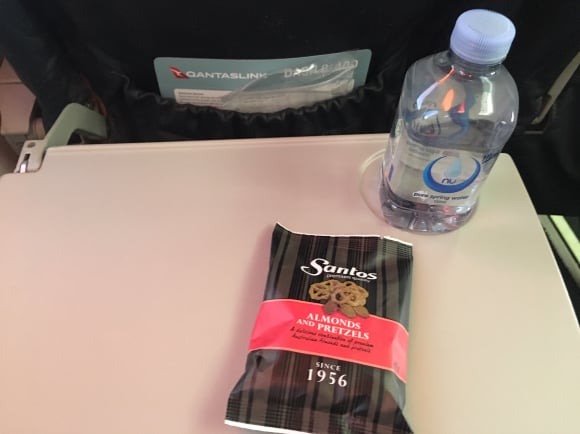
Passengers were asked to limit movement around the cabin, but we were able to walk around and use the bathroom if needed.
Final thoughts
It was certainly nice to be back in the air – a sentiment that was shared by the airline staff and my fellow passengers.
Most of the Qantas Fly Well measures seem sensible and should restore some confidence among the flying public that the risk of travelling again is low. The Fly Well program is not flawless, but I would feel comfortable enough to continue flying within Australia over the coming months if I needed to go somewhere.
As domestic travel restrictions slowly ease, flights are starting to ramp back up now. Unfortunately, many of the things that make flying “fun” are yet to return. Lounges remain closed, in-flight magazines are not currently being offered and on-board catering remains very limited. But things are slowly getting better, one step at a time.
Join the discussion on the Australian Frequent Flyer forum: Fly Well. New QF Covid procedures
